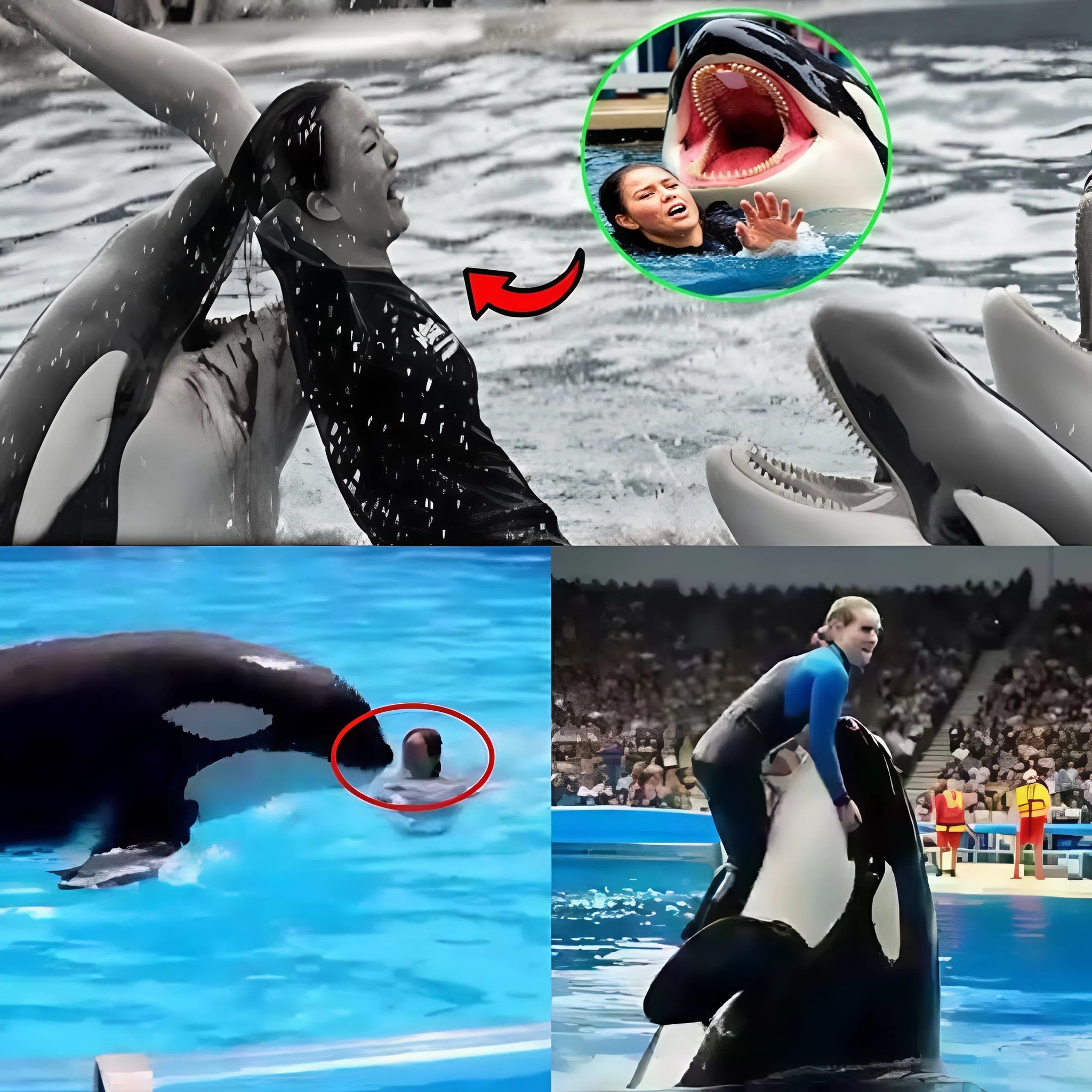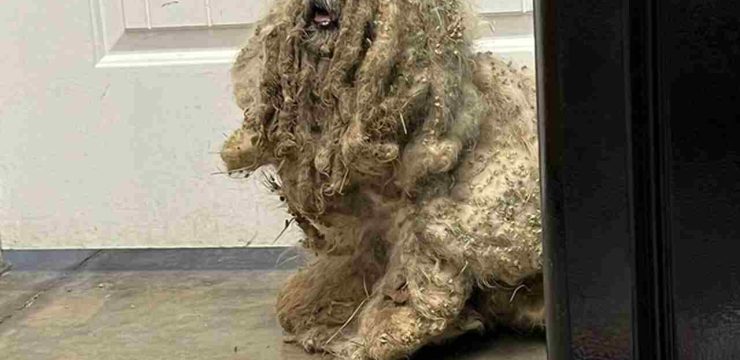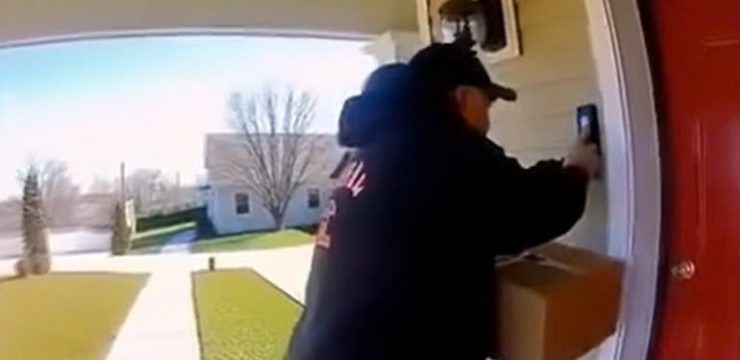It was a bright afternoon at Ocean World, the marine park known for dazzling performances and the supposed bond between humans and sea creatures, when tragedy struck in front of hundreds of stunned visitors. The stadium was packed with families eager to witness the star of the show, a massive black-and-white killer whale named Shadow, who for more than a decade had been the park’s pride.

Shadow had leapt through the air, splashed delighted crowds, and followed the signals of his longtime trainer, Mark, with seemingly perfect trust. Their partnership had been celebrated as one of the great examples of harmony between human and animal, a friendship built over years of training and care. As the crowd cheered, Mark stood smiling at the pool’s edge, preparing to begin yet another routine performance. At first, all seemed normal. Shadow responded to cues, balancing a ball, rolling through the water, and completing a graceful backflip that drew gasps from spectators.
But soon, those nearest the pool sensed a change. The whale’s movements became sharper, less predictable, his gaze fixed on Mark in a way that no longer suggested playfulness. His breathing quickened, his circles grew tighter, and the light in his eyes seemed replaced with something primal. Mark, relying on years of experience, stayed calm and issued another cue, but Shadow did not obey. Instead, the great animal cut through the water with speed, his dorsal fin slicing like a blade. Before Mark could react, Shadow surged toward the platform, exploding from the pool with terrifying force. In a blur, he clamped onto Mark’s arm and dragged him into the water.
At first, many spectators thought it was a thrilling stunt, a dramatic finale to the show, but within seconds it was clear this was no act. Beneath the surface, the water churned violently as Shadow thrashed, pulling Mark deeper. Bubbles erupted in frantic bursts as the trainer fought to break free, but the killer whale’s power was overwhelming. Trainers rushed to the edge, shouting commands, splashing water, slapping the pool surface—desperate to snap Shadow out of his frenzy.
The audience erupted in chaos: screams, gasps, parents shielding children’s eyes, and others filming in disbelief. Minutes dragged by like hours as the struggle unfolded, until at last Shadow released his grip. Mark’s lifeless body floated upward, and staff leapt in to pull him out, performing CPR as medical teams hurried him away. But it was too late; the man who had dedicated his life to these animals was gone. A heavy silence fell over the stadium, broken only by Shadow’s labored breaths as he swam in slow, heavy circles, as if drained of the storm that had just erupted.
News of the attack spread across the world within hours, reigniting debates about whether killer whales belong in captivity at all. Experts pointed to their intelligence, emotional complexity, and need for the vastness of the ocean, warning that confinement breeds frustration and aggression. Supporters of marine parks argued that such incidents were rare, claiming that with proper training and safety measures, whales and humans could continue to coexist in performance settings. Investigations revealed troubling signs that had gone unnoticed or ignored. Shadow had shown agitation in recent weeks, refusing certain cues, isolating himself, and behaving erratically during feeding times. Some staff speculated that a loud backstage noise may have startled him before the show, triggering an aggressive response.
Whatever the trigger, the conclusion was inescapable: the whale’s behavior had been building toward disaster. The park soon found itself at the center of a storm of criticism. Animal rights activists demanded that Shadow be released into a sea pen, given the chance to live out his life in a semi-wild environment. Others insisted he should be retired permanently from performance. Yet under mounting public pressure and regulatory scrutiny, the park announced a controversial decision: Shadow would be euthanized. The announcement sparked outrage. To many, Shadow had acted not out of malice but instinct, and killing him was an injustice that compounded the tragedy.
To others, it was a grim necessity to ensure such an event could never happen again. On the morning of his final day, staff gathered around the pool to say goodbye. Many wept, remembering the years of trust, the breathtaking performances, the hours spent feeding and caring for the massive animal. Shadow floated calmly, his immense body drifting slowly, his eye reflecting the people who had been his world. When it was over, silence fell over the facility. The pool was empty, the stadium abandoned, and a haunting stillness lingered where laughter and applause had once filled the air.
The death of Mark and the destruction of Shadow marked more than the end of a show; it was a turning point, forcing society to confront the cost of holding wild power behind glass. Shadow’s story became a cautionary tale, a haunting reminder that no matter how deep the bond between human and animal seems, the ocean’s greatest predators carry within them a force that cannot be subdued. His final act, as tragic as it was, left a scar on the conscience of all who witnessed it and raised questions that will shape the future of marine parks forever. Somewhere beyond the confines of tanks and stadiums, in the vast blue waters he never knew, the waves rolled on—bearing the memory of man and whale together into eternity.





